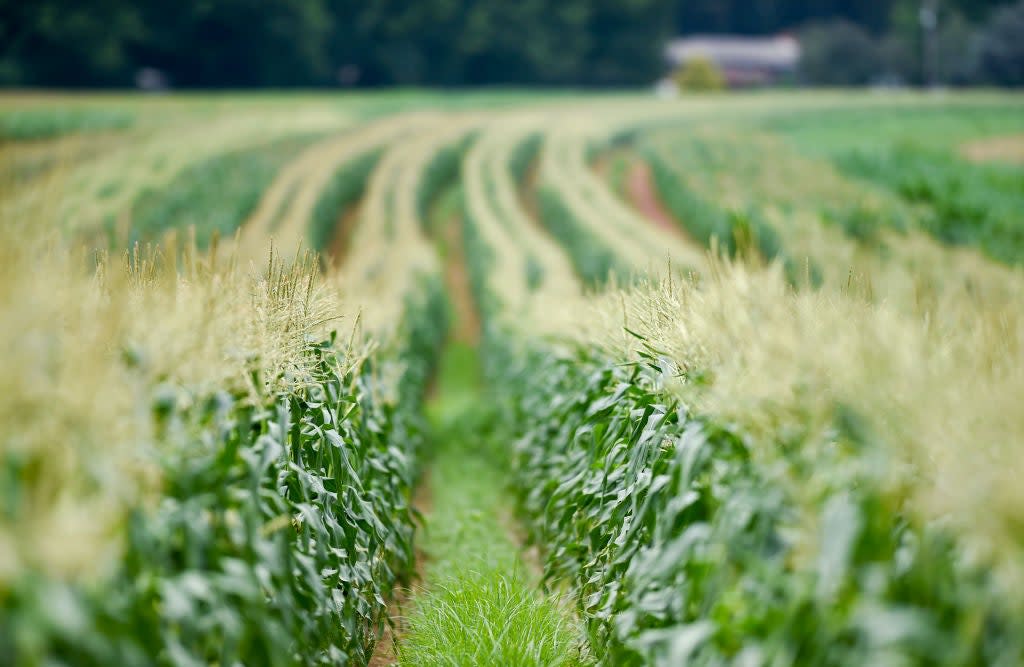Corn, other cash crops off to best start in years

The absence of significant drought conditions across growing regions of the U.S. has allowed corn, soybeans and other cash crops to start the growing season strong with conditions not seen in years.
Data from the United States Department of Agriculture shows that the majority of corn, soybean, and cotton crops are off to either a good or excellent start, with only minor areas experiencing poor conditions.
The agency estimated that 72% of corn was in either a ‘good’ or ‘excellent’ state, while soybeans were around 70%. These figures are approximately 20% higher than during the same period in 2023, when the entire Midwest growing region faced either abnormally dry or drought conditions.
The assessment also showed that 93% of this year's corn and soybean crops had been planted, slightly ahead of average.
Despite favorable growing conditions, government surveys indicate that farmers plan to plant approximately 5 million fewer acres of corn in 2024, while soybean growers are expected to plant slightly more.
Agricultural experts believe the reduced acreage will not lead to a significant decrease in production, but it may serve as an indication of how confident growers are about this year’s crop.
Mark Welch, a grain marketing economist at the Texas A&M Department of Agricultural Economics, told the university’s digital magazine that he expects the year could possibly be heading for another record of bushels per acre.
"With any crop, it’s not just what you plant, it’s how many acres make it to harvest," Welch stated.
The largest producers of corn are located in Iowa, Illinois, Nebraska and Minnesota. These four leading states generate more than half of the country’s crop.

DESPITE EL NINO INFLUENCE, MAPLE SYRUP PRODUCTION JUMPS
With impacts from temperatures largely minimal during the summer and fall, farmers monitor the potential for developing droughts or episodes of severe weather that can impact crops.
While evaporation rates vary, hot and dry conditions can promote the loss of a quarter of an inch of soil moisture or more per day, meaning drought conditions can develop quickly.
Corn is a water-intensive crop, with agricultural experts estimating that a high yield requires at least 20 to 35 inches of water.
On average, corn plants typically grow to between 7 and 12 feet tall, which makes them susceptible to severe weather events.
Large hail or wind events known as derechos can wipe out billions of dollars of crops and upend harvest outlooks.
A derecho in August 2020 trekked through nearly a dozen states and produced winds upwards of 140 mph. Damage estimates topped $11 billion, with millions of acres of crops flattened by the hurricane-force winds.
Once the calendar flips into fall, harvesting will be at its peak and run through late November.
Original article source: Corn, other cash crops off to best start in years

